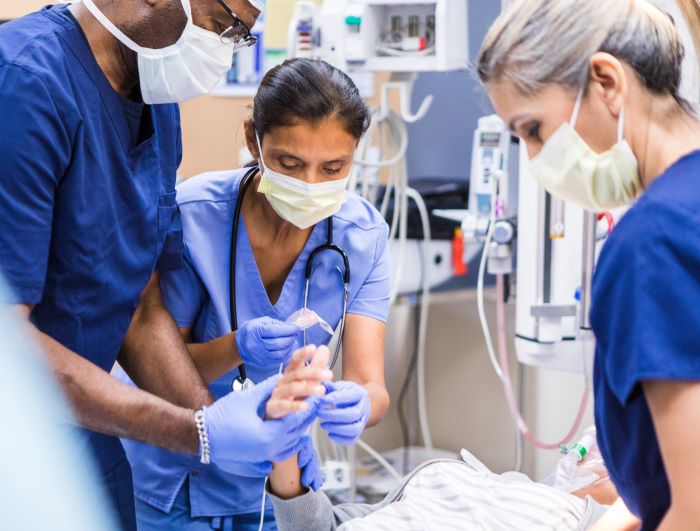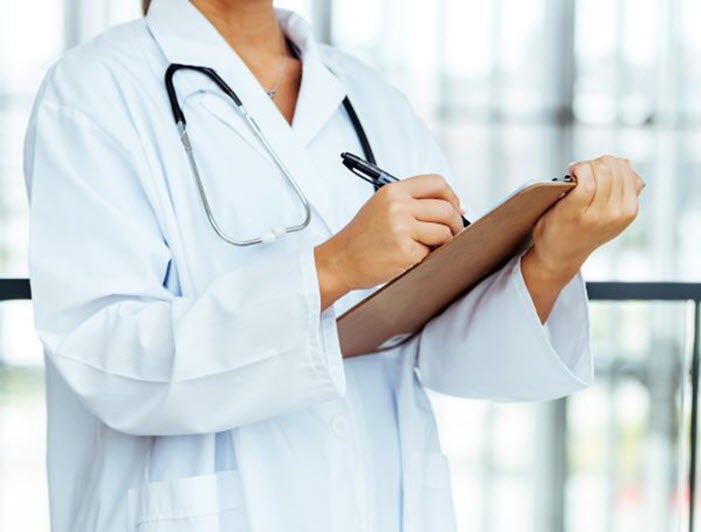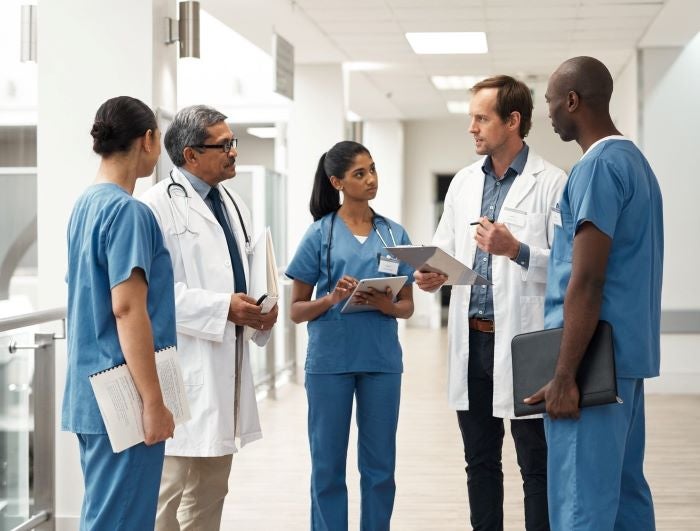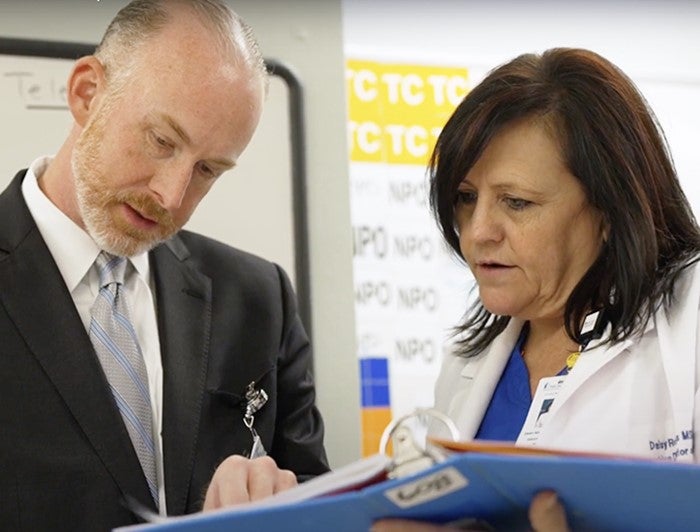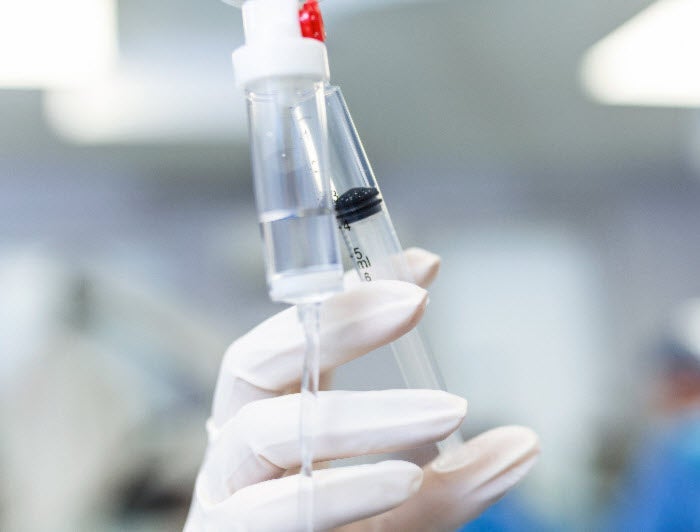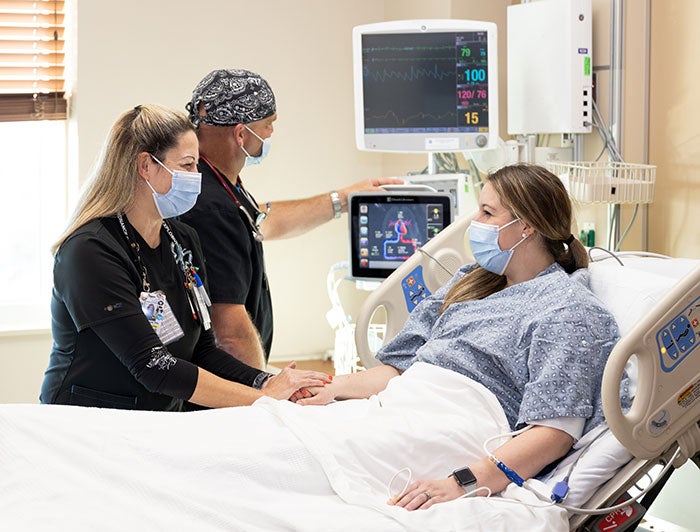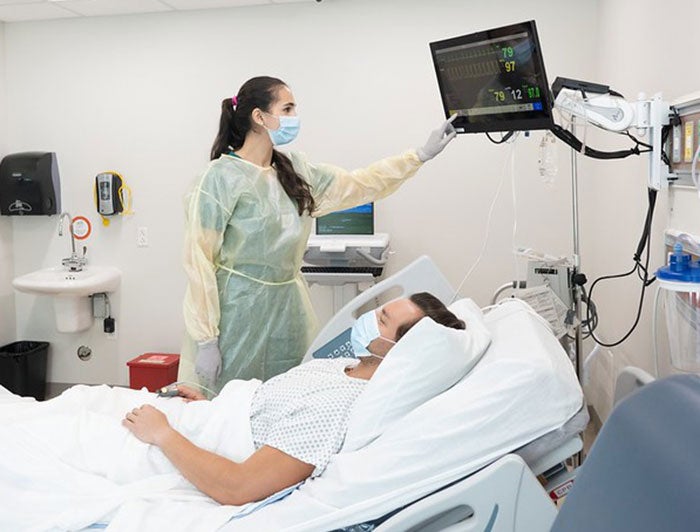
Infection Prevention and Control Success Stories
Patient safety and quality of care are at the core of what we all want to achieve in health care. They are powerful drivers for creating a just society of healthy communities, where all individuals reach their highest potential for health. In health care, listening and sharing help us identify challenges, share what’s working, improve outcomes and create better patient experiences. The hospitals and health systems showcased below are proving that the fundamental strategies and tactics of infection prevention and control work. Learn about their actions and how the field can echo the efforts.
CUSP helped Henry Ford’s clinical teams make care safer by combining improved teamwork, evidence-based clinical best practices and the science of patient safety.
A combination of efforts has helped prevent CAUTI at Alaska Native Medical Center, even during COVID-19 surges.
Providence prioritized on-site epidemiologic assessments and follow-up coaching to reduce CAUTI and CLABSI systemwide.
Asking “Does this patient need a central line?” helped the team at St. Luke’s East Hospital reduce CLABSI by 50%.
Effective communication and follow-up are the common threads in interventions that have reduced HAIs at Cedar County Memorial Hospital.
By focusing on the basics of infection prevention, Jefferson Health spurred progress on reducing HAI rates.
A decade-long focus on reducing infections continues to pay off as the South Carolina Hospital Association helps hospitals and health systems reach zero harm goals.
By collecting and analyzing data to identify areas of problems and improvement, the infection and prevention control team focuses on what’s required to maintain patient safety.
Using data-driven interventions and evidence-based practices has helped the Florida Department of Health reduce bloodstream infections in its hemodialysis facilities.
Using a combination of education and training, consistent assessments and a new workflow, the WHS team reduced CAUTI rates.
To reduce pulmonary infections caused by M. abscessus, a multidisciplinary team led the implementation of a sterile water precautions protocol.
The MBSH team uses multiple interventions to prevent HAIs and has reported zero CAUTIs since early 2022.
Hospitals across the field look for practical infection prevention solutions. Advocate Condell Hospital focused on process and reduced HAI rates.
Effective communication methods can help significantly reduce serious safety events in patient care.
The team at MUSC Health developed a plan for standardized, sustainable interventions — including a protocol for prepping diabetic patients for surgery.
At Johns Hopkins Bayview Medical Center, a “Details Matter” campaign helped lower rates for CLABSI, CAUTI and MRSA bacteremia
These stories are part of a program of the Health Research & Educational Trust supported by the Centers for Disease Control and Prevention (CDC) of the U.S. Department of Health and Human Services (HHS) under CDC/HHS as part of a financial assistance award totaling $75,000 with 100% funded by CDC/HHS. The contents are those of the author(s) and do not necessarily represent the official views of, nor an endorsement, by CDC/HHS, or the U.S. Government.




